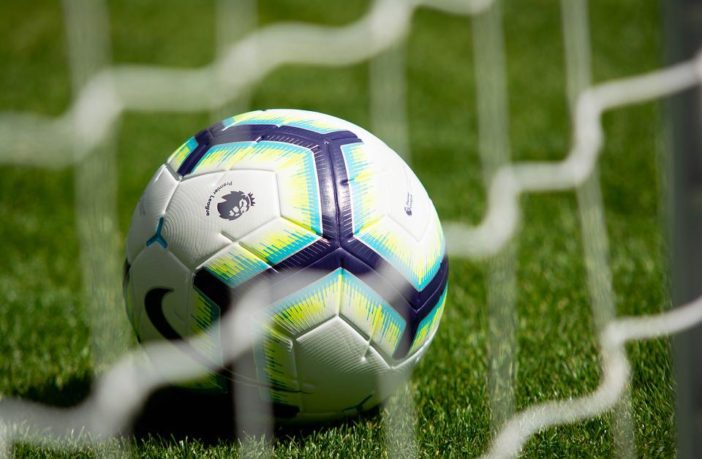It is always exciting, intriguing and overwhelming when new players are coming into a team. Fans are generally enthused and when we are talking about super-star transfers, then the world of football is closely watching. Bookmakers, for which information can be found at https://allbets.tv/, are also keeping an eye on such game-changing facts to adjust their offerings. But the thrilling moment that everyone waits for in transfers of new-signings, might in fact get all spoiled in the very last procedure, which is largely neglected by us fans, while largely attained by the clubs themselves. We are of course talking about football medicals.
So much is at stake when clubs are about to close deals with transfers and new players. And for this reason, they need to safeguard and shield their choices in the most effective way, ensuring that their prospective new players will optimize the entire team’s performance. To do so, clubs are heavily investing in examining and assessing the health, physical and fitness condition of their ‘about to be signed’ footballers, whose transfer might be a game changer for the teams.
Football medicals gone bad…
There are so many instances, in the relatively recent football history, of players who missed signings and transfers due to football medicals. Cases like Loic Remi whose transfer was abandoned by Liverpool back in 2014 due to failing a medical, Ruud Van Nistelrooy who also failed a medical in 2001 and this delayed his transfer to Manchester United by one year, John Hartson who did not manage to pass two football medicals, costing him two transfers to Tottenham Hotspur and Glascow Rangers, or John Carew who missed a sign from Inter Milan in 2013 when failing his fitness tests. And this list is only a tiny small piece of the bigger picture in football.
The role of a football medical
The role of football medical is predominantly to examine, test and ensure that a new prospective player or a transfer is in fact free of health or fitness risks that could cost both him and the club, performance outcomes. A new signing needs to take a series of fitness tests and medical exams to “pass his medicals” and move on with his fixing the contract with the club and sealing the deal. So, in reality the football medical is the last ‘frontier’ of a process that involves the investment of millions on the part of football clubs in transferring players.
Essentially when ‘subject to medical’, a player gets a rigorous, scrutinized examination on a number of health-related issues and fitness-relevant ratings which build up his profile and medical record. This medical record is then given to the club, enabling the club’s executives to make more informed decisions on whether to continue with the deal in transferring the player or not. In fact, the role of football medical is to give as much details and as much information as possible to those who are burdened with the final decision and in this way make sure that they have all the required knowledge to do so. As thoroughly explained by doctors, the result of a football medical is not failure or success and indeed a player does not fail or pass a medical per se. The player is profiled and the fail or pass, which translates into signing or withdrawing, comes at the hands of the club itself.
What happens in a football medical?
But what is it that football medical actually examines? Of course, there are certain tests for all players, but depending on the position that a player is going to take in the new team, there might be some extra focus or emphasis on certain areas. For instance, a football medical on a goalkeeper will certainly lay more emphasis on the upper body of the player (shoulders, elbows, hands and wrists), considering that it is this part of his body that is mostly utilized. Similarly, for other positions, corresponding emphasis will be put on the parts of interest.
Overall, a player’s football medical will look into specific areas such as the heart, the myoskeletal stability, the isokinetic issues, the body fat, the speed and sprint. All these are thoroughly examined and assessed by the assigned medical team and of course are also backed by a deep scanning when the player has a record of health problems in the past. All the above tests intend to check the condition of the player, examine his strong and potentially weak points, identify improvement needs where necessary and assess the relevant risks (if any).
Football clubs want to maximize the leverages of their new signings and minimize the risks and threats, prior to even sealing the deal and of course it is only fair and legitimate to do this, when so much is at stake.





